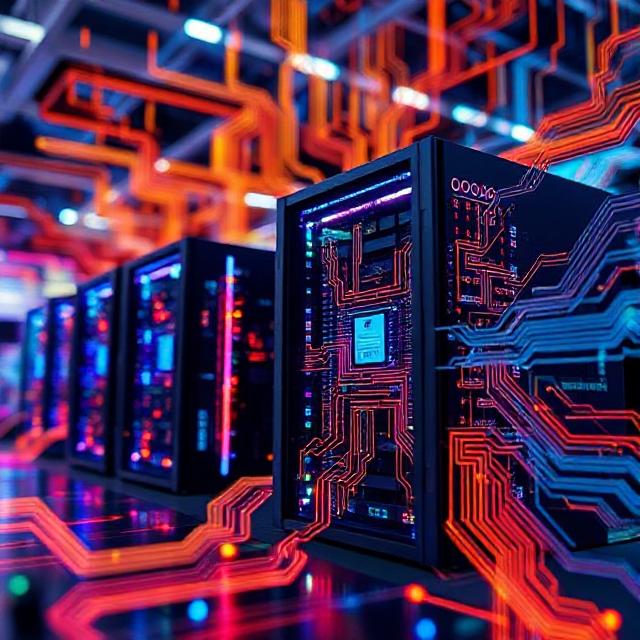Introduction
Artificial Intelligence (AI) has achieved remarkable feats—language models, autonomous cars, diagnostic tools—but it’s pushing the limits of today’s digital-only computing. Power-hungry GPUs and cloud dependencies aren’t scalable for real-time, low-power AI.
That’s why the future of AI is being rebooted with hybrid computing—a revolutionary architecture that blends analog speed with digital intelligence.
Hybrid computing in AI doesn’t just make models faster—it makes them more adaptable, efficient, and capable of real-world interaction. Let’s explore how.
What is Hybrid Computing in AI?
In hybrid AI systems:
- Analog components process raw, real-time sensory data (light, sound, motion) quickly and with minimal power.
- Digital components handle logic, storage, learning rules, and software control.
This fusion enables systems to think faster, learn more efficiently, and operate independently—especially at the edge, where power and latency matter most.
How Analog Enhances Machine Learning
1. Energy Efficiency
Analog circuits can perform operations like matrix multiplication—critical in neural networks—with far less energy than digital chips. This makes AI viable on wearables, IoT devices, and remote systems.
2. Real-Time Inference
Analog subsystems process data at the speed of the signal itself—ideal for live video, voice commands, and tactile feedback in robotics.
3. Compute-in-Memory
Analog memory arrays enable data processing within memory itself, reducing the bottleneck between storage and compute. This boosts speed and slashes power consumption.
4. Brain-Like Learning
Analog processing naturally mimics how biological synapses operate, supporting neuromorphic architectures that learn continuously without requiring massive datasets or retraining.
Applications of Hybrid AI Systems
- Smartphones and Wearables: On-device voice assistants that respond instantly
- Healthcare Devices: Real-time ECG or EEG monitoring with embedded AI
- Autonomous Vehicles: Millisecond decision-making from camera and lidar input
- Drones and Robotics: Adaptive behavior from onboard AI, even in remote areas
- AR/VR: Eye- and gesture-tracking for ultra-low-latency experiences
Pioneers in Hybrid AI Computing
- Mythic AI: Analog compute-in-memory chips enabling edge AI with GPU-like performance
- Intel Loihi: A neuromorphic processor that uses spiking neural networks for continuous learning
- IBM Research: Exploring analog synaptic arrays for deep learning acceleration
- BrainChip Akida: A commercial neuromorphic SoC for ultra-low-power AI inference
Challenges of Hybrid AI Architectures
- Design Complexity: Analog systems are sensitive to noise, temperature, and variability
- Tooling Limitations: Most ML frameworks (like TensorFlow and PyTorch) are optimized for digital GPUs, not analog
- Scalability Issues: Analog scaling is harder than digital miniaturization
- Limited Developer Ecosystem: Hybrid platforms require new skills and co-design approaches
Yet, as demand grows for edge AI, real-time ML, and low-power intelligence, investment and innovation are accelerating fast.
Conclusion
The future of AI isn’t just digital—it’s hybrid. By bringing analog computing into the AI stack, we unlock systems that are faster, more power-efficient, and smarter at the edge. Hybrid computing allows AI to operate where it’s needed most: in the real world, in real time, without draining resources.
As we reboot AI with this new architecture, we open doors to applications that traditional computing simply can’t power—making AI not only more capable but more human-like in its responsiveness.
Related Reading.
- How Polyfunctional Robots Are Changing Hospital Workflows
- The Quantum Leap in Medical Imaging: Faster, Smarter, More Accurate
- Can Quantum Computing Crack the Code of Neurodegenerative Diseases?
FAQs
Q1: What makes hybrid computing better for AI?
It merges analog’s speed and low power with digital’s logic and control, ideal for real-time, edge-based AI applications.
Q2: Are hybrid AI chips commercially available?
Yes. Chips from Mythic AI, Intel, and BrainChip are already in use for edge and embedded AI systems.
Q3: Can hybrid systems train AI models too?
Most are optimized for inference today, but research is ongoing into training-capable hybrid architectures.
Q4: Will hybrid AI replace GPUs?
Not entirely. GPUs will remain dominant for cloud training, but hybrid systems will dominate on-device, edge, and low-power AI.
Q5: Is hybrid computing part of neuromorphic AI?
Yes, many neuromorphic chips use hybrid principles—especially analog circuits to mimic brain activity and synaptic learning.




